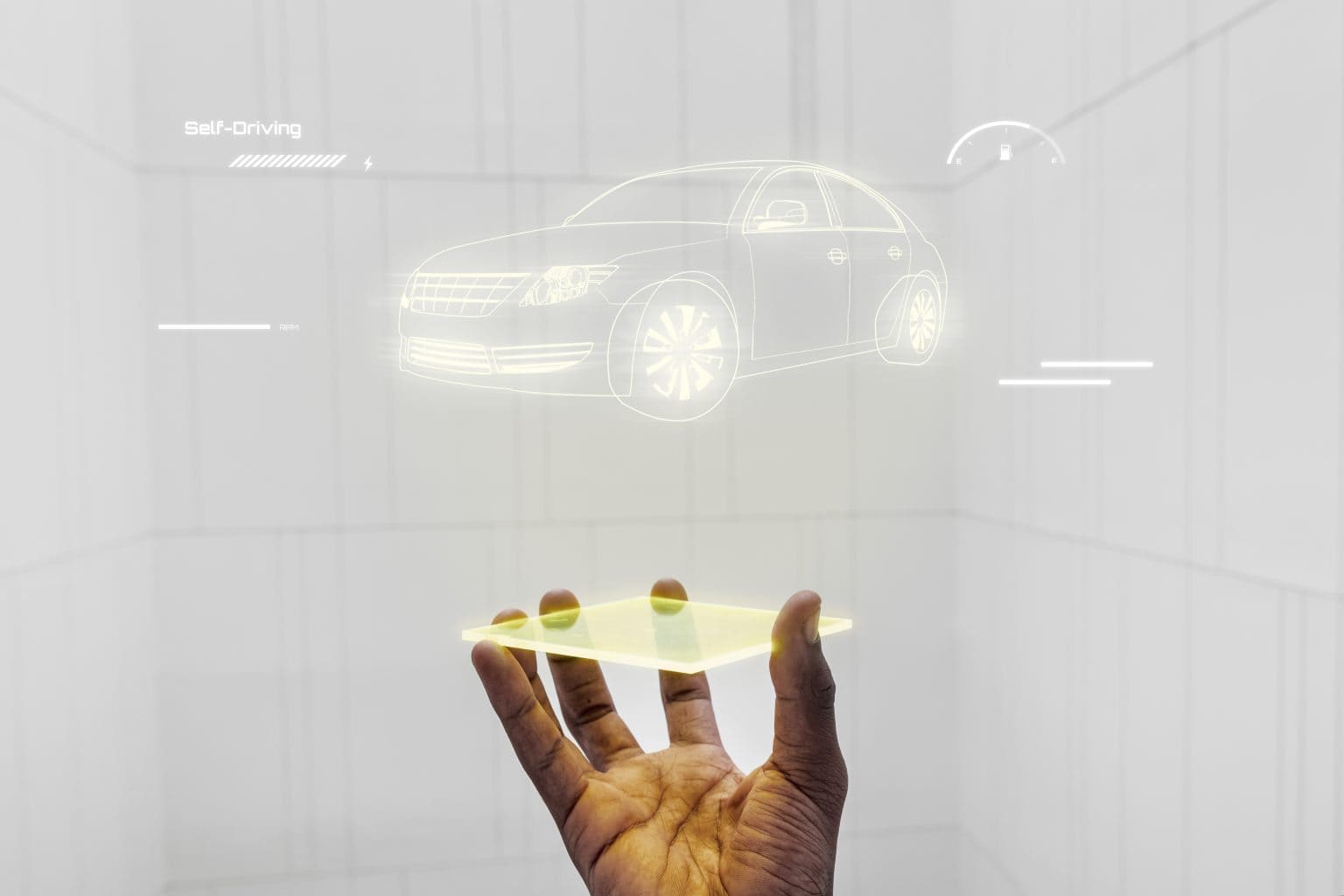
Introduction
As technology continues to advance at a rapid pace, the automotive industry is experiencing a transformation with the integration of various electronic systems into vehicles. This shift has led to a greater emphasis on enhancing safety and reliability in vehicles, and one technology that has played a crucial role in achieving this is AUTOSAR (AUTomotive Open System ARchitecture). In this blog, we will explore how AUTOSAR technology, along with manufacturing engineering services and embedded systems, contributes to improving the safety and reliability of vehicles.
Understanding AUTOSAR Technology
AUTOSAR is an open and standardized automotive software architecture developed by leading automotive manufacturers, suppliers, and tool developers. It aims to simplify the development and integration of electronic systems in vehicles, enabling a modular and scalable approach. AUTOSAR provides a common framework for the development of software components, enabling seamless communication and interoperability between various electronic control units (ECUs) within a vehicle.
The Role of Manufacturing Engineering Services
Manufacturing engineering services play a crucial role in the implementation of AUTOSAR technology. These services encompass a range of activities, including designing and optimizing manufacturing processes, developing production systems, and ensuring efficient production operations. By leveraging manufacturing engineering services, automotive manufacturers can streamline the production of vehicles and ensure the seamless integration of AUTOSAR-enabled systems.
Manufacturing engineering services help in:
- Standardization: Through the use of AUTOSAR technology, manufacturing engineering services can standardize the development process, making it more efficient and reducing the potential for errors. This standardization allows for easier integration of embedded systems, as the interfaces and communication protocols are well-defined.
- Quality Assurance: Manufacturing engineering services implement rigorous quality assurance measures to ensure that the software components developed using AUTOSAR technology meet the highest standards. This includes thorough testing, verification, and validation processes to identify and resolve any potential issues before deployment.
- Scalability and Flexibility: With the help of manufacturing engineering services, automotive manufacturers can design and implement scalable and flexible production systems that can adapt to evolving requirements. This allows for efficient production of vehicles with varying levels of complexity, incorporating advanced embedded systems seamlessly.
The Role of Embedded Services
Embedded services are an integral part of the automotive industry, as they enable the functionality of various electronic systems within vehicles. These services encompass the design, development, and implementation of software components that control critical functions such as engine management, safety systems, infotainment systems, and more.
Embedded services contribute to safety and reliability in vehicles through:
Standardization: AUTOSAR provides a standardized framework for designing automotive software, fostering compatibility and interoperability among different electronic control units (ECUs) and systems from various manufacturers. This standardization streamlines the development process and allows for easier integration of components from different suppliers.
Scalability and Reusability: It enables the creation of reusable software components, leading to increased scalability. Modules developed using AUTOSAR standards can be easily repurposed across different vehicle models or projects, reducing development time and costs.
Adaptability and Flexibility: AUTOSAR architecture allows for flexibility in software development. It supports the separation of software from hardware, enabling software components to be easily adapted to different hardware platforms, promoting flexibility in designing vehicle systems.
Improved Maintenance and Diagnostics: The standardized structure simplifies diagnostics and maintenance processes. Diagnostic functions can be implemented consistently across different ECUs, enhancing fault detection and troubleshooting capabilities.
Enhanced Communication and Integration: AUTOSAR fosters better communication between ECUs within a vehicle and facilitates seamless integration of various software components. This improves overall system reliability and performance.
Reduced Development Time: By utilizing predefined software components and standardized interfaces, AUTOSAR can significantly reduce the time required for software development, enabling faster time-to-market for new vehicle models or features.
Interoperability and Supplier Collaboration: It encourages collaboration among different suppliers in the automotive industry. AUTOSAR standards promote interoperability between components developed by different suppliers, fostering innovation and collaboration.
Future-Proofing: The modular and scalable nature of AUTOSAR makes it well-suited for handling the increasing complexity of automotive systems, catering to future technological advancements and evolving industry requirements.
In summary, AUTOSAR technology offers a structured and standardized approach to automotive software development, leading to increased efficiency, reusability, adaptability, and collaboration while also facilitating the integration of advanced features into modern vehicles.


